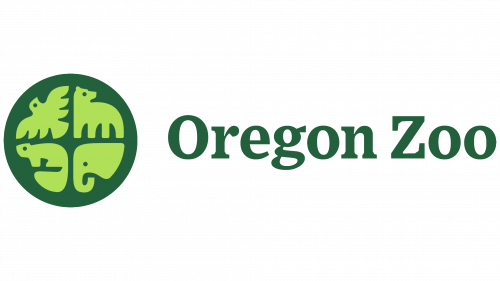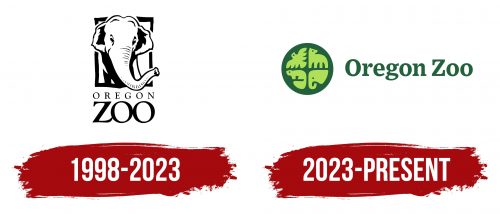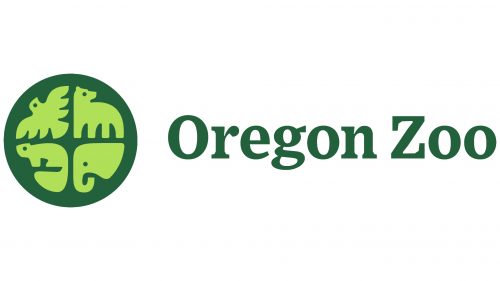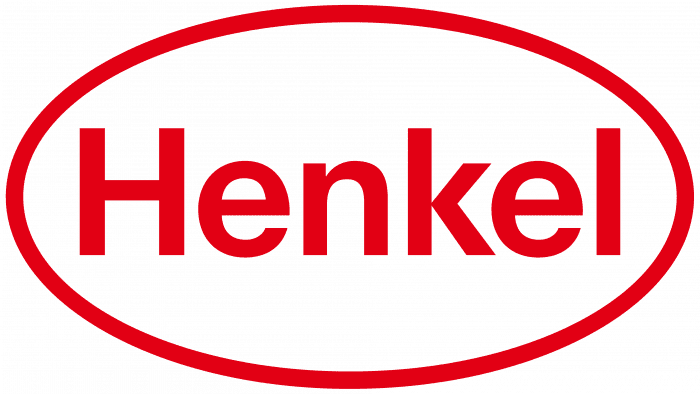The Oregon Zoo logo is a visually striking emblem that showcases the diversity of animals housed in Washington Park. Notable fauna of the Pacific Northwest are highlighted: a collective bird figure, white and brown bears, a beaver—the state’s primary symbol—and an elephant, the largest animal in the zoo. Studio DAD, the creative team behind the logo, smartly integrated the circle concept, serving as both the letter “O” and a map pinpointing the zoo’s location. The animals are colored in light green against a dark green background, and the accompanying text is rendered in the soft Exchange font.
The design elements do not merely capture attention; they carry meaning. The circle’s dual role as an “O” and a map pinpoint effortlessly captures the zoo’s Oregon identity and geographic location in one fell swoop. It’s simple yet deeply symbolic, letting people know exactly where the action is.
The choice of light green for the animals and dark green for the background symbolizes the lush greenery of Oregon. It creates an atmosphere of being in a natural environment, which is the essence of a zoo—the closest encounter most people will have with diverse wildlife.
At the heart of the logo are the animals, each serving a purpose in the storytelling. As a collective image, the bird signifies the aviary diversity in Oregon Zoo. Both white and brown bears indicate not just variety but also the weighty presence of native North American wildlife. The beaver, an iconic state symbol, roots the institution deeply in Oregon’s cultural and natural history. An elephant, as the largest animal, underscores the zoo’s capacity to house a range of creatures, from the small and local to the big and exotic.
Oregon Zoo becomes more than a mere destination through this emblem; it’s portrayed as a microcosm of the region’s biodiversity. The soft Exchange font used for the text conveys a sense of approachability and readability, aligning with the zoo’s educational mission.
To sum it up, the Oregon Zoo logo is not just an artistic creation but a thoughtful representation of what the zoo stands for—a sanctuary that combines local and exotic, all in an atmosphere of learning and natural beauty. It embodies geographical identity, animal diversity, and an inherent promise of education and adventure.
Oregon Zoo: Brand overview
| Founded: | 1888 |
| Headquarters: | Washington Park, Portland, Oregon, United States |
| Website: | www.oregonzoo.org |
In 1888, Portland’s City Park became home to a quaint assortment of animals, including bears, deer, and monkeys, marking the inception of what would later be known as the Oregon Zoo. The zoo’s collection burgeoned as years passed, fueled by generous donations and intentional acquisitions. By 1912, it was evident that a more expansive space was required, prompting a relocation to its present location within the serene confines of Washington Park.
The 1920s marked a new chapter for the zoo by introducing specialized structures, such as dedicated spaces for bears, a haven for elephants, and a habitat tailored for carnivores. The zoo’s metamorphosis continued during the Great Depression, with the Works Progress Administration stepping in to facilitate a refurbishment of the existing exhibits. In recognition of its new setting, 1942 witnessed the christening of the establishment as the Washington Park Zoo.
The post-World War II era witnessed the zoo embarking on a journey of progressive expansion, not just in terms of space but also in diversifying its animal populace. Landmark developments during this period included unveiling the primate domicile in 1959 and the majestic Africa-themed section in the 1980s. Concurrently, the focus began veering towards creating an environment mimicking natural habitats and underlining the importance of conservation. This renewed mission earned the zoo membership to the esteemed Association of Zoos and Aquariums in 1987.
The turn of the century heralded a series of transformations. The 1990s were characterized by extensive revamps, with the African Savanna habitat as a key highlight. In 1998, the zoo became known as the Oregon Zoo, and the subsequent years accentuated the zoo’s commitment to diversity, as evidenced by the addition of the Eagle Canyon aviaries, the sprawling Elephant Lands, and the chilling Polar Passage.
In the present day, the Oregon Zoo remains an epitome of dedication to the triad of conservation, knowledge dissemination, and exemplary animal welfare. As a participant in numerous wildlife breeding and rehabilitation initiatives, the zoo underscores its commitment to preserving nature. Playing a pivotal role in myriad research endeavors and championing sustainability, the zoo, with its annual footfall exceeding 1.6 million, is etched in the hearts of Portland residents as a beacon of animal care and conservation.
Meaning and History
What is Oregon Zoo?
Oregon Zoo is the oldest zoo in North America, located near Portland, where it was opened in 1888. The zoo is home to over 1,800 animals, including endangered or on the brink of extinction. It also features various unique plants spread across 64 acres of land. The zoo was founded by Richard Knight, a pharmacist and former sailor.






